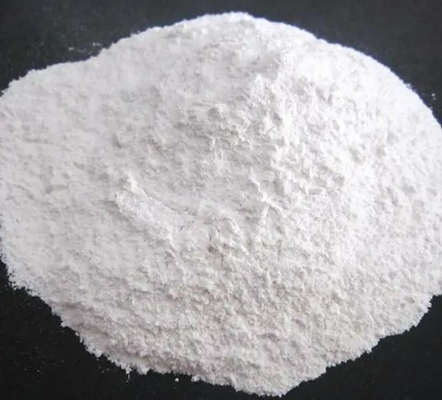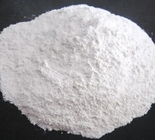Ceramics Sodium Carboxymethyl Cellulose E466 Thickeners CAS 9004-32-4

Contact me for free samples and coupons.
WhatsApp:0086 18588475571
Wechat: 0086 18588475571
Skype: sales10@aixton.com
If you have any concern, we provide 24-hour online help.
x| Name | Sodium Carboxymethyl Cellulose (CMC) | Color | White |
|---|---|---|---|
| Appearance | Light And Free Flowing Powder | Viscosity | 6000 |
| Qty In 20' FCL | 16MT | CAS No | 9000-11-7 |
| Type | Thickeners | CMC | Application Of CMC In Washing |
| High Light | Ceramics Sodium Carboxymethyl Cellulose,E466 Thickener 9004-32-4 |
||
CMC
Sodium Carboxymethyl Cellulose (CMC) can be use in ceramics. It can be provide the high viscosity to ceramics.
Application of CMC in ceramics
We have more requirements on daily living equipments with development of living standard. Toothpaste is necessities of life. And many functional type and health care type new products have been developed, which has high and new requirement on CMC.
Features of Weiyi toothpaste used CMC
Fine liquidity and thixotropy
Acid resistance: with PH 2-4
Salt resistance: can be added in any inorganic salt toothpaste
Heat resistant: fine and stable heat resistant effect
High transparency: high degree of substitution, small amount of free fiber and high degree of transparency
Strong antimicrobial resistance
Effect in manufacturing of toothpaste
Fine compatibility, even mix of toothpaste components
Endow toothpaste with fine moldability
Fine and smooth
Toothpaste level CMC models: TH9, TH10, TH12, T500 or on demands
Carboxy methyl cellulose (CMC) or cellulose gum is a cellulose derivative with carboxymethyl groups (-CH2-COOH) bound to some of the hydroxyl groups of the glucopyranose monomers that make up the cellulose backbone. It is often used as its sodium salt, sodium carboxymethyl cellulose.
It is synthesized by the alkali-catalyzed reaction of cellulose with chloroacetic acid. The polar (organic acid) carboxyl groups render the cellulose soluble and chemically reactive. The functional properties of CMC depend on the degree of substitution of the cellulose structure (i.e., how many of the hydroxyl groups have taken part in the substitution reaction), as well as the chain length of the cellulose backbone structure and the degree of clustering of the carboxymethyl substituents.
Food thickeners have the characteristics of thickening, thickening, stability, salt resistance and temperature resistance, and are widely used in food seasonings. Some scholars studied the selection and process optimization of thickening agents in the preparation of natural meat flavouring, and the results showed that 5% carboxymethyl cellulose was selected as the colloid for meat flavouring, dissolved by heating in a water bath at 60-70 ℃ and stirred for 30 min. After the colloid dissolved, it was left to dissolve for 24-48 h before being used in the preparation of meat flavouring, and the product thickening was relatively good, colourless and tasteless.
Because of its thickening effect, sodium carboxymethyl cellulose can be used to make jam. The best process for making ketchup is 1.9% sodium carboxymethyl cellulose, 0.8% citric acid, 4% sugar, and 1:1 ratio of ketchup to ketchup, which results in a good and stable jam.
Sodium carboxymethyl cellulose can also be used to make beverages. It is easy to stratify and form precipitates in corn beverages in storage, and the combination of CMC and sodium alginate can improve stability. The addition of 0.05% of both sodium carboxymethyl cellulose and sodium alginate resulted in the lowest sedimentation rate, insignificant stratification after centrifugation and good stability, which has laid the foundation for the development of the corn beverage market. Sodium carboxymethyl cellulose is also used in the production of ice cream, as well as in the clarification of alcoholic beverages.





